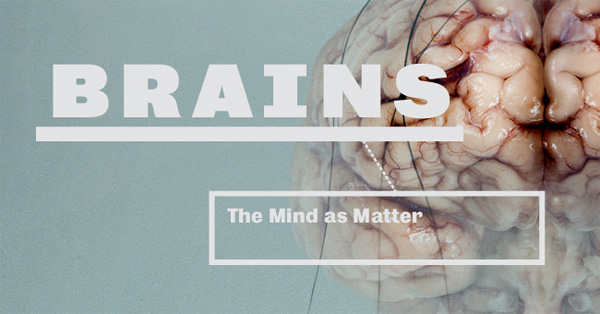 The latest dose of natural inspiration from our resident zoologist and London-based editor, Justine Aw.
The latest dose of natural inspiration from our resident zoologist and London-based editor, Justine Aw.
Earlier today, I found myself surrounded by grey matter in the stunning exhibition
Brains: The mind as matter at the
Wellcome Collection. The exhibition is a triumph, offering a fascinating look into our understanding of the anatomy of mind both today and throughout history. The curators have brought together over 150 artifacts surrounding the theme of the brain and they have done a fantastic job of bringing together a wide range of perspectives, genres and media as well as capturing the brain both scientifically and as a cultural object. In ‘Brains’, historical anatomical illustrations complement modern imaging, photo series accompany an elegant audio listening station and modern art and preserved brain specimens all work together in the exhibition space. Somehow, despite the wide variety of displays, the exhibition holds together beautifully and is truly awe-inspiring, though there are certainly chilling moments as we look back on early surgical instruments and videos of electroconvulsive therapy.
The exhibition runs until June 17th and it’s definitely one to see if you’re in town. In the meantime, enjoy the photos courtesy of the Wellcome Collection. You can get a further peek at the exhibition at the exhibition’s online
image galleries and you can even
explore the surface of the brain in 360 degrees. See many pictures from the exhibition (provided by the Welcome Collection, since photos weren’t allowed) on the next page!
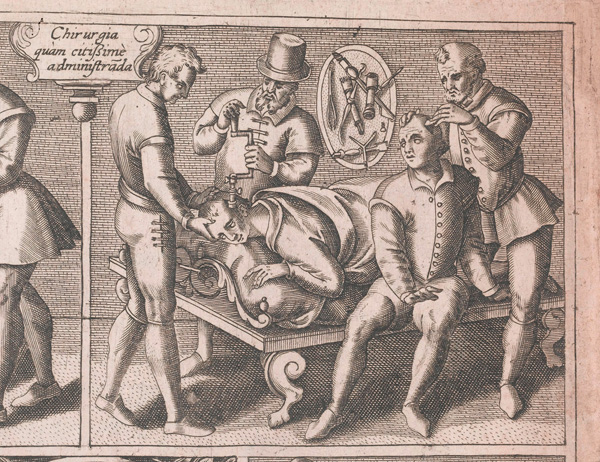
Performing a trephination procedure. Engraving from “Le chirugie Frencoise recueilie des antiens medecins et chirugiens” by Jacques Guillemeau, 1594.
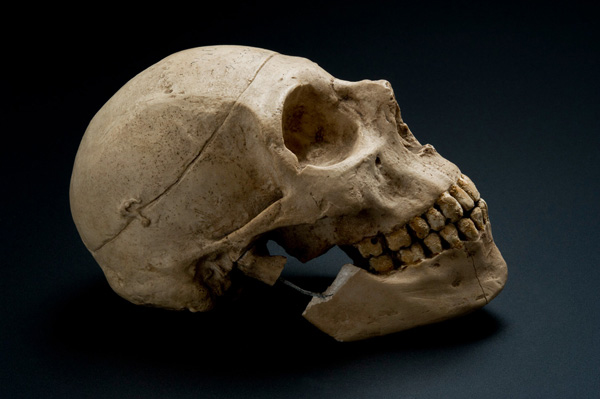
Cast of a microcephalic skull c. 1830.

My Soul, laser etched lead crystal glass sculpture by Katharine Dowson created using her own MRI scans.
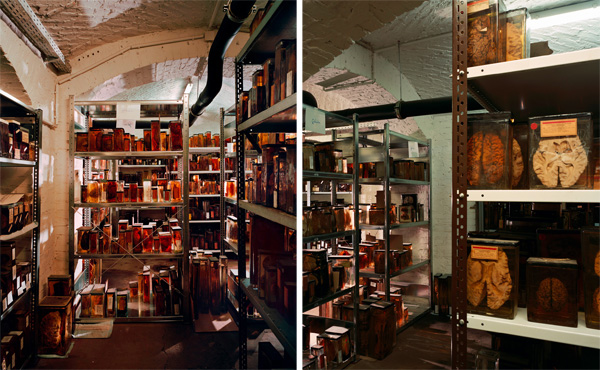
Medical Historical Museum Cellars photographed by Daniel Alexander.
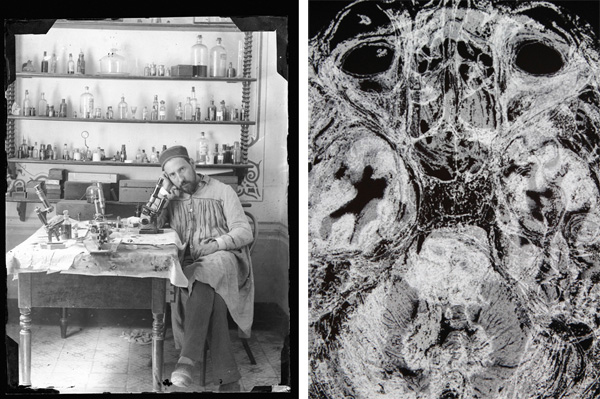
Self portrait of Santaigo Ramon y Cajal, the father of modern neuroscience and a CT scan.
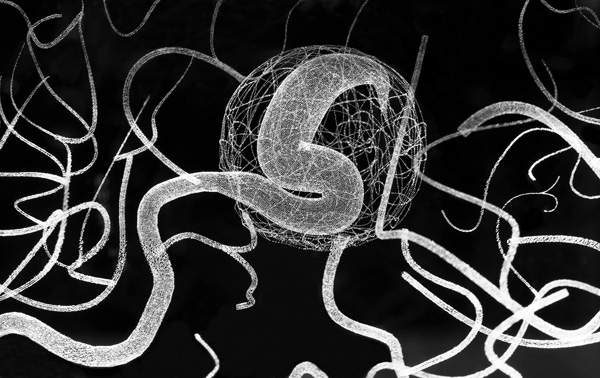
Memory of a Brain Malformation by Katharine Dawson based on the cerebral angiogram of the artist’s cousin.
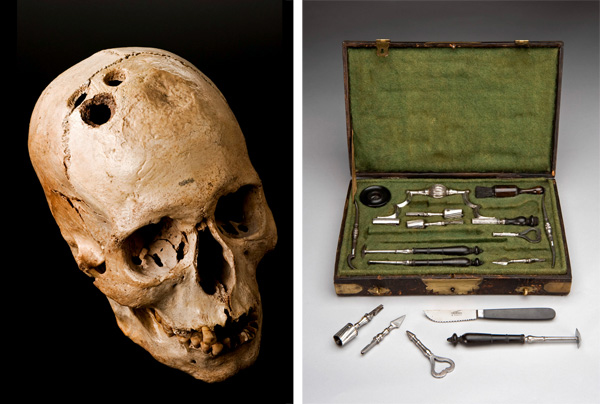
Bronze age skull showing holes made by the ancient surgical process of trephination (2200-2000 BCE).
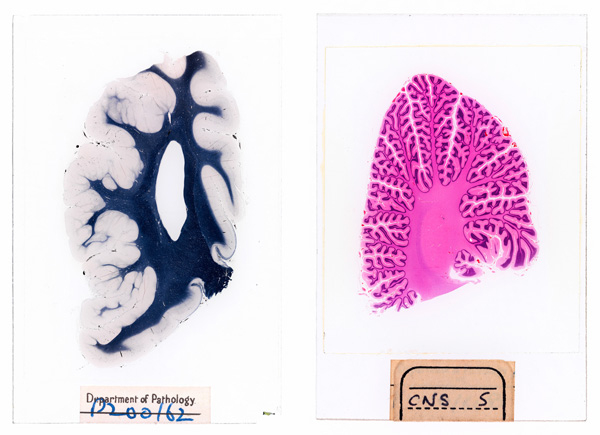
Brain slices from the Department of Anatomy and Human Sciences at King’s College London.

Corrosion cast of blood vessels in the brain from the 1980s.
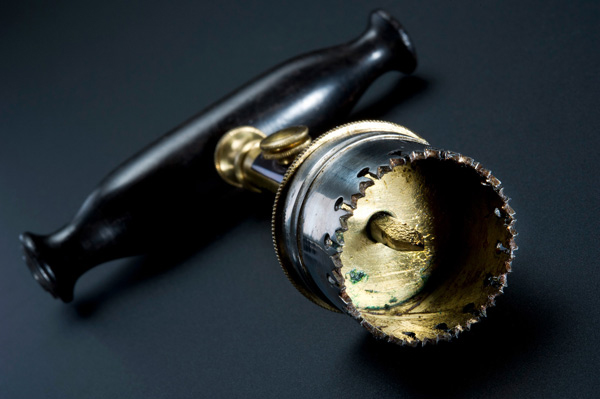
A trephine, a 19th century surgical device used in trephination.
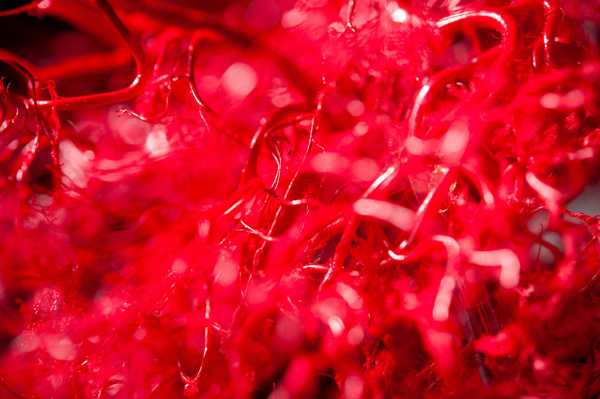
Closeup of the corrosion cast of blood vessels in the brain from the 1980s.
From:here

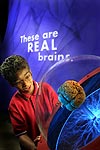

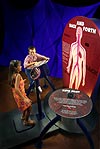
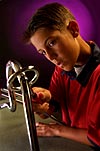

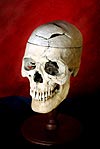

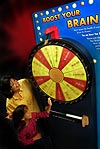
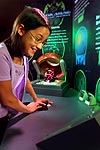
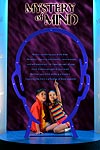
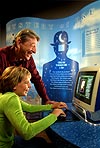





















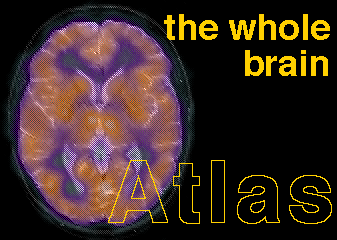

 " THE HUMAN NERVOUS SYSTEM (NEUROSCIENCE) "
" THE HUMAN NERVOUS SYSTEM (NEUROSCIENCE) "
 The latest dose of natural inspiration from our resident zoologist and London-based editor,
The latest dose of natural inspiration from our resident zoologist and London-based editor, 
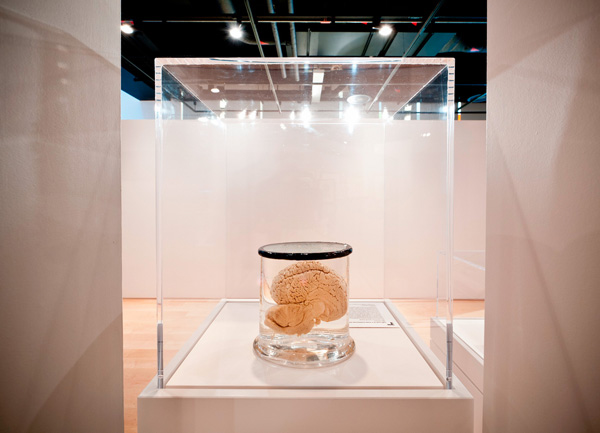
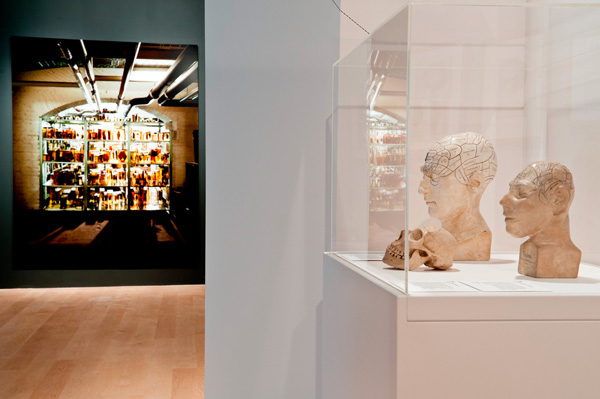
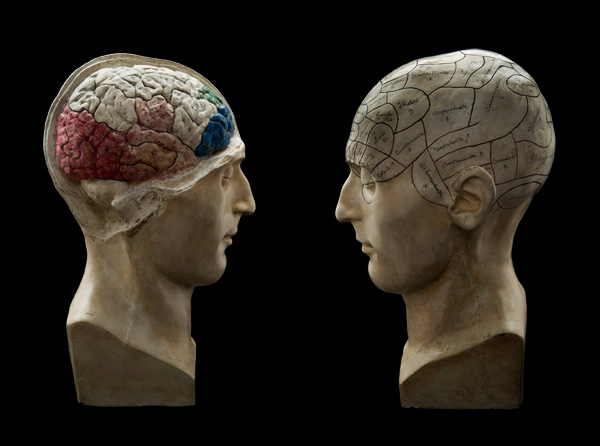
 Performing a trephination procedure. Engraving from “Le chirugie Frencoise recueilie des antiens medecins et chirugiens” by Jacques Guillemeau, 1594.
Performing a trephination procedure. Engraving from “Le chirugie Frencoise recueilie des antiens medecins et chirugiens” by Jacques Guillemeau, 1594. Cast of a microcephalic skull c. 1830.
Cast of a microcephalic skull c. 1830.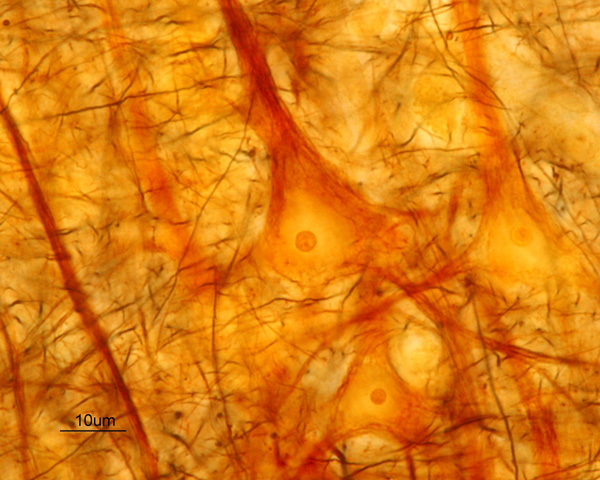
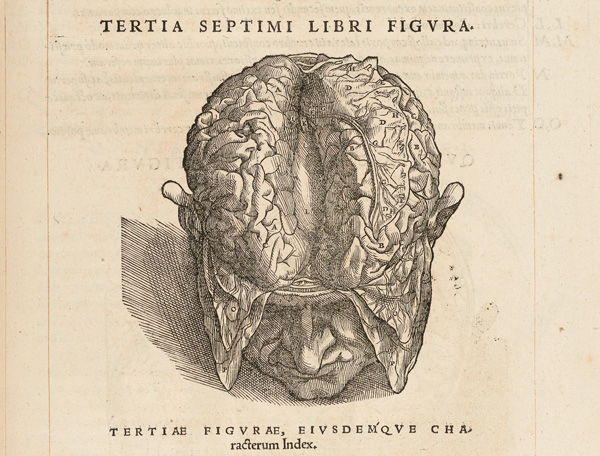
 My Soul, laser etched lead crystal glass sculpture by Katharine Dowson created using her own MRI scans.
My Soul, laser etched lead crystal glass sculpture by Katharine Dowson created using her own MRI scans. Medical Historical Museum Cellars photographed by Daniel Alexander.
Medical Historical Museum Cellars photographed by Daniel Alexander.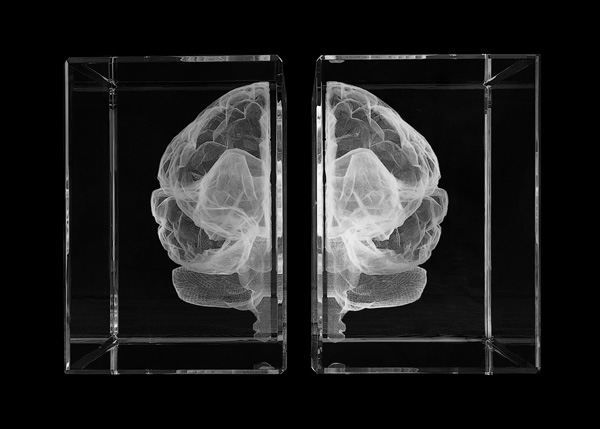
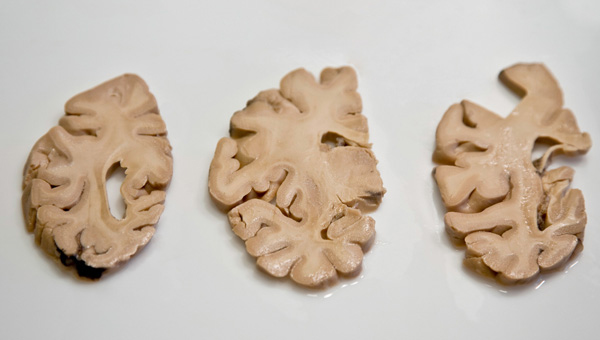
 Self portrait of Santaigo Ramon y Cajal, the father of modern neuroscience and a CT scan.
Self portrait of Santaigo Ramon y Cajal, the father of modern neuroscience and a CT scan.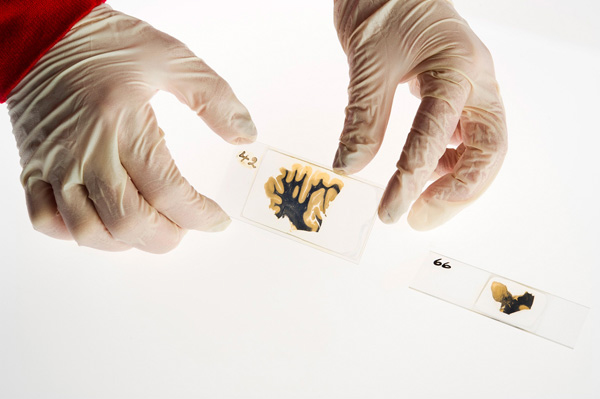
 Memory of a Brain Malformation by Katharine Dawson based on the cerebral angiogram of the artist’s cousin.
Memory of a Brain Malformation by Katharine Dawson based on the cerebral angiogram of the artist’s cousin. Bronze age skull showing holes made by the ancient surgical process of trephination (2200-2000 BCE).
Bronze age skull showing holes made by the ancient surgical process of trephination (2200-2000 BCE). Brain slices from the Department of Anatomy and Human Sciences at King’s College London.
Brain slices from the Department of Anatomy and Human Sciences at King’s College London.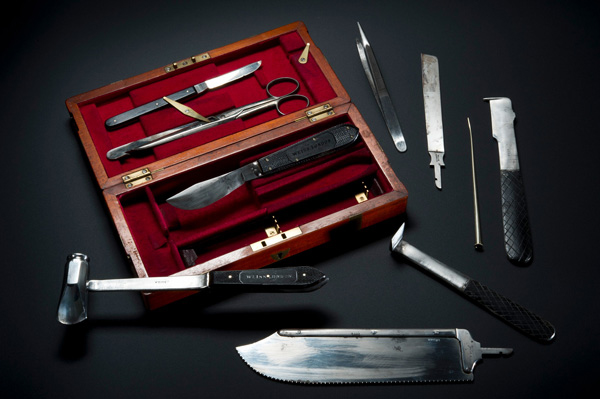
 Corrosion cast of blood vessels in the brain from the 1980s.
Corrosion cast of blood vessels in the brain from the 1980s. A trephine, a 19th century surgical device used in trephination.
A trephine, a 19th century surgical device used in trephination. Closeup of the corrosion cast of blood vessels in the brain from the 1980s.
Closeup of the corrosion cast of blood vessels in the brain from the 1980s.